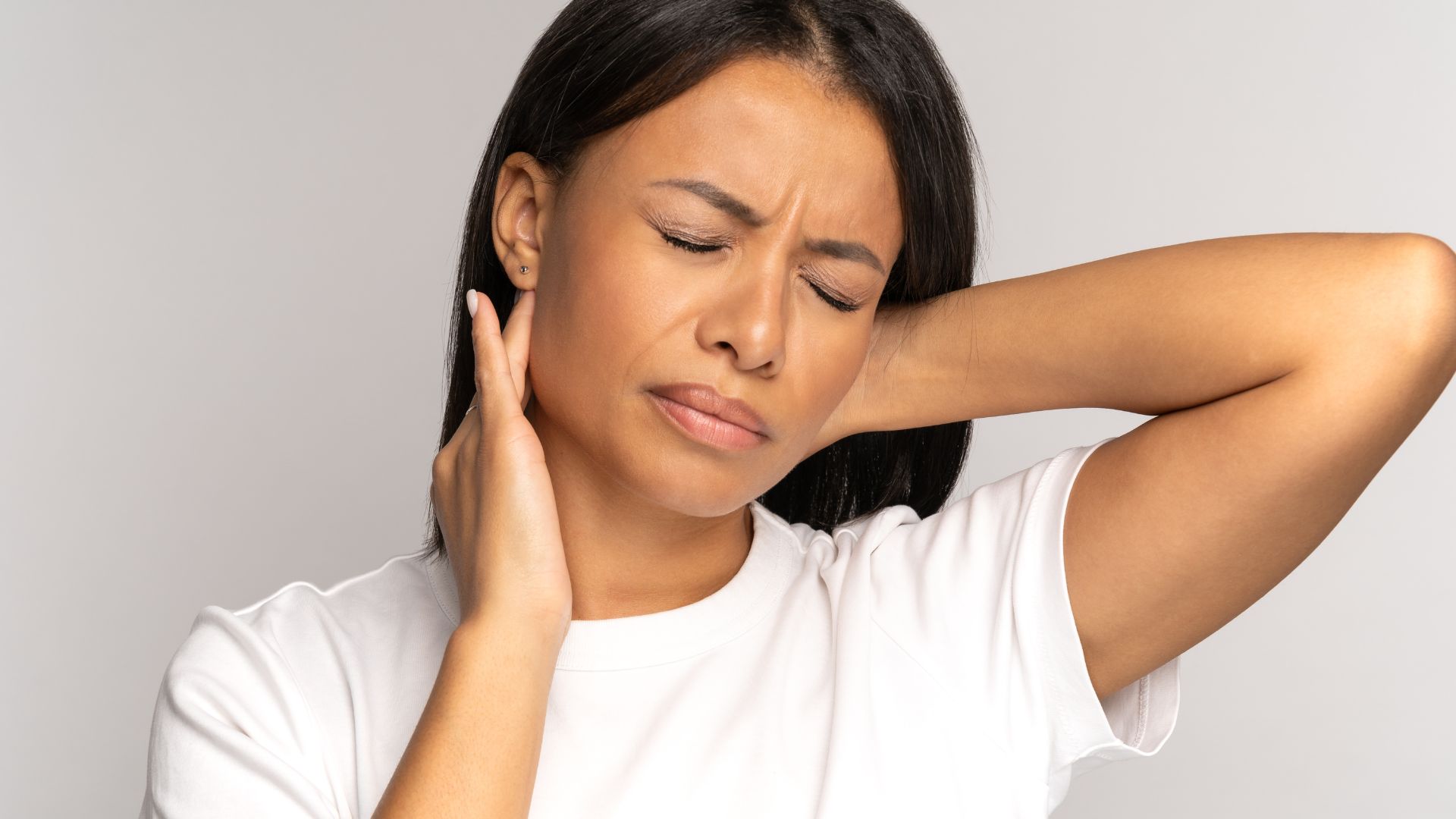
As we approach midlife, we often hear the terms “perimenopause” and “menopause” thrown around. But what exactly do these terms mean, and how can we navigate the changes that come with them?
First, let’s start with some definitions. Perimenopause is the transition period leading up to menopause. During perimenopause, the ovaries start producing less estrogen, and a woman’s menstrual cycle may become irregular. Perimenopause can last anywhere from a few months to several years and is often marked by symptoms such as hot flashes, night sweats, mood swings, and fatigue. It’s like the opening act to the headliner that is menopause.
Menopause is the point in a woman’s life when she hasn’t had a period for 12 consecutive months. It marks the end of the reproductive years and is a natural part of the aging process. It is important to remember that both of these processes are natural. As a result of estrogen and progesterone levels dropping significantly, menopause can come with symptoms such as hot flashes, vaginal dryness, mood changes, and difficulty sleeping.
Managing Perimenopause and Menopause
While perimenopause and menopause are natural parts of the aging process, the symptoms they bring can be challenging to manage. Here are some tips for navigating this time of change:
Practice self-care: Make sure you get enough sleep, eat a healthy diet, and exercise regularly. These things can help alleviate symptoms such as hot flashes, mood swings, and fatigue.
Seek support: Don’t be afraid to talk to your friends, family, or healthcare provider about what you’re going through. They can offer support, advice, and reassurance.
Explore alternative therapies: Some women find relief from symptoms through alternative therapies such as acupuncture, herbal supplements, or mindfulness meditation.
Practice good vaginal health: During menopause, vaginal dryness can be a problem. Make sure to use lubricants during sex, and talk to your healthcare provider about prescription or over-the-counter vaginal moisturizers.
In conclusion, perimenopause and menopause can be challenging times, but they don’t have to be overwhelming. By practicing self-care, seeking support, and exploring treatment options- like acupuncture, you can successfully navigate this time of change and emerge on the other side feeling empowered and in control.
- TAGS ― Menopause, Perimenopause

Diet and Chronic Fatigue: Foods to Boost Your Energy Levels
Are you struggling with chronic fatigue syndrome? Dietary changes can make a significant difference in managing your energy levels and alleviating symptoms. This comprehensive guide explores the best foods and dietary strategies to combat chronic fatigue, including nutrient-dense options, anti-inflammatory meal plans, and energy-boosting recipes. Take control of your health and learn how to fuel your body for optimal energy and vitality.

Hormonal Changes and Chronic Fatigue in Women Over 40
Are you a woman over 40 struggling with constant fatigue and low energy levels? Hormonal changes during perimenopause and menopause could be the culprit. In this comprehensive guide, we’ll explore the link between hormones like estrogen, progesterone, and thyroid hormones, and chronic fatigue syndrome in older women. You’ll learn about the common causes of hormonal fatigue, the telltale symptoms to watch for, and effective strategies to manage your energy levels naturally or with treatments like hormone replacement therapy.

Holistic Menopause Relief Through Acupuncture: My Feature in Diablo Magazine
I was recently featured in Diablo Magazine, where I shared my holistic approach to managing menopause symptoms through acupuncture. In the article, I explain how acupuncture can help balance the body and alleviate various menopause-related issues. For more details on my methods and tips for a healthy lifestyle during menopause.
instagram:







